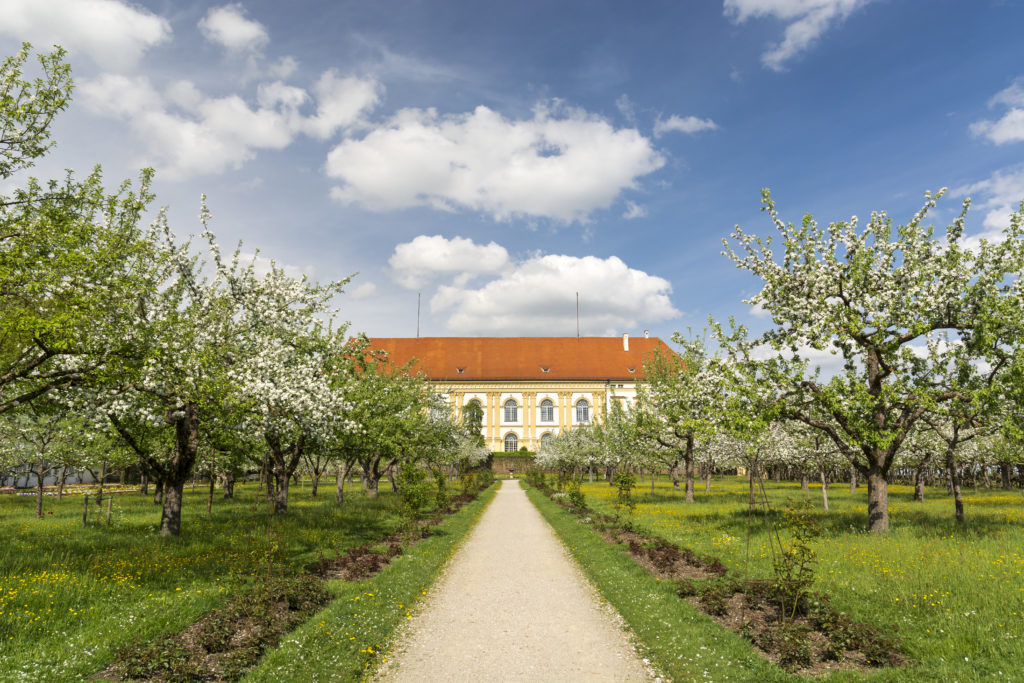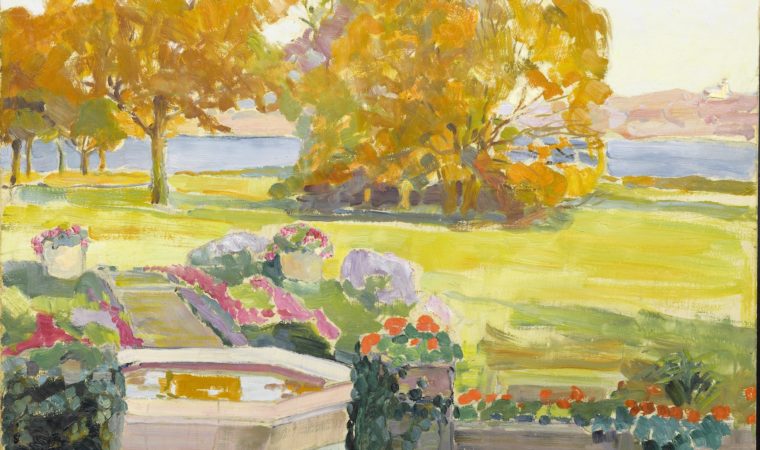At the end of 19th, beginning of 20th century, the market town of Dachau – located just outside Munich – gave artists inspiration for their work and a place to socialize. Some artists came and stayed for the summer, some relocated here permanently. The moorlands, the interplay between light and shade, the sunlight spots and the foehn-winds made it so special for artists here. Famous painters, such as Adolf Hölzel, Ludwig Dill and Arthur Langhammer or Lovis Corinth, Carl Spitzweg and Paula Wimmer prized the moor landscape of Dachau as an attractive motif.
The Dachau Painting Gallery shows a representative permanent collection of typical landscape and genre paintings of these days.
Even today the town supports and honors its artists. There are affordable painting workshops, a town budget for purchasing artworks, the Dachau Artists’ Association, exhibitions and the artists’s path. In the cemeteries, artists’ graves are maintained and cared for – and made clearly visible with plaques.
Be surprised and delighted by Dachau’s historic architecture: The Dachau Palace – the summer residence of the Wittelsbach family – and its court garden offers excellent views to Munich and the alps. The parish church of St. Jakob with its 44-meter octagonal tower was build in the late Renaissance style. And the city hall, situated in the heart of the old town, awarded a prize by the Association of German Architects.
The Concentration Camp Memorial Site makes Dachau into Europe’s central place of learning and remembrance. More than 900,000 people from all over the world come here each year to learn from the lessons of contemporary history. Regular organized events on contemporary history help to keep the memory of what happened alive.
Dachau’s area is characterized by the Dachauer Moos, the Amper river as well as the hilly landscape in the north. Dachau county offers many lovely routes for walking and bicycling.















